Wheat, in its many varieties, is the most abundant crop in the world. Its production covers more land than rice and it has been cultivated in the Middle East since around 12,000 B.C. There is some form of what we would recognize as bread in nearly every corner of the Earth. And yet, wheat has suffered the same fate as most agricultural products in the industrialized world. It has been turned into pure commodity and stripped of its nutrition, flavor and terroir by the demands of shelf-stability. However, a desire to recover regional baking tradition and the flavor of grain is finding its expression among small farmers, bakers and chefs around the world.
As with the majority of traditional foods, bread production in a given area or culture has historically been determined by what is traditionally grown in that area. In Northern and Eastern Europe, rye was originally a weed that invaded fields of wheat. However, rye is far more tolerant of variations in temperature, elevation and moisture than most wheat. Thus, in areas that tend to have harsher weather and higher elevations, rye became the dominant grain. Rye can be found in many forms. It is ground coarse, medium and fine. Rye flour is packaged dark (whole), white and partially sifted. When used in high percentages, rye allows breads to keep for far longer than traditional wheat-based loaves. Germany, Russia, Denmark, the Netherlands, Finland, Sweden and Switzerland each have their own rye traditions.
In America, if you mention rye bread, most folks will immediately call to mind the white-ish, caraway-filled loaves upon which they’ve consumed countless deli sandwiches. Go to Denmark and mention rye bread, or rugbrød, and you’ll conjure up images of dense, seeded, moist, chewy bricks, sliced thin and slathered with all manner of toppings to make smørrebrød. Eat rye in a cosmopolitan area of Germany where a greater variety of flours is available, and you will likely find a lighter, whiter loaf. Look for rye in a rural area, and you are likely to be greeted with a darker, coarser loaf with a more dense crumb and pronounced flavor.
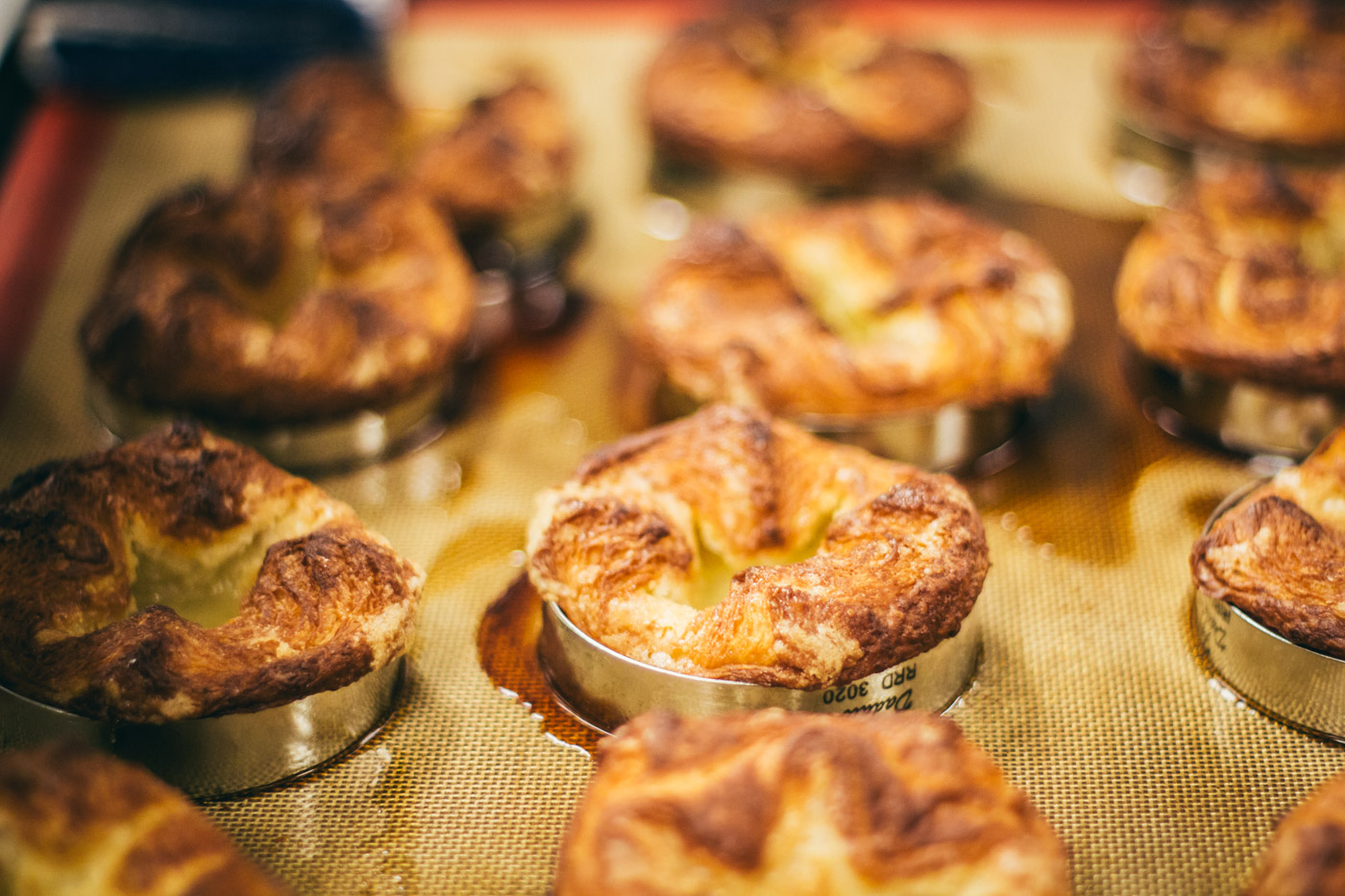

If one turns to the southern and western parts of Europe, principally France and Italy, agricultural production, and thus bread production, focuses far more heavily upon wheat. Owing to more hospitable climates, wheat—and its relatives durum and spelt—grow far more easily in these parts of the world. The French baking tradition as we know it also has much to with the introduction of steam-injected ovens and viennoiserie. An Austrian named August Zang brought both viennoiserie and the aforementioned oven necessary for its production to France in 1839. Viennoise simply means “from Vienna,” but refers to all manner of butter-laced, laminated French breads to which we’ve become accustomed. These include brioche, croissant, kouign amann, palmiers and the like. The steam-injected oven also allowed for the production of that quintessential French bread—the baguette. The only way to get the thin, crisp crust and open, irregular crumb for which baguettes are known is to use flour of sufficient strength and extensibility along with a steam-injected oven.
In contrast to viennoiserie and baguettes, the past three decades or so have seen a resurgence in the naturally-leavened, browner breads that French country bakers produced before the advent of steam injection, white flour, and commercial yeast. Led by Lionel Poilane and Patrick LePort (among many others), France has seen an increase in breads produced with fresher, higher extraction flour, much greater percentages of water and natural leaven. It is the practices of these bakers to which America owes its current artisanal bread movement.
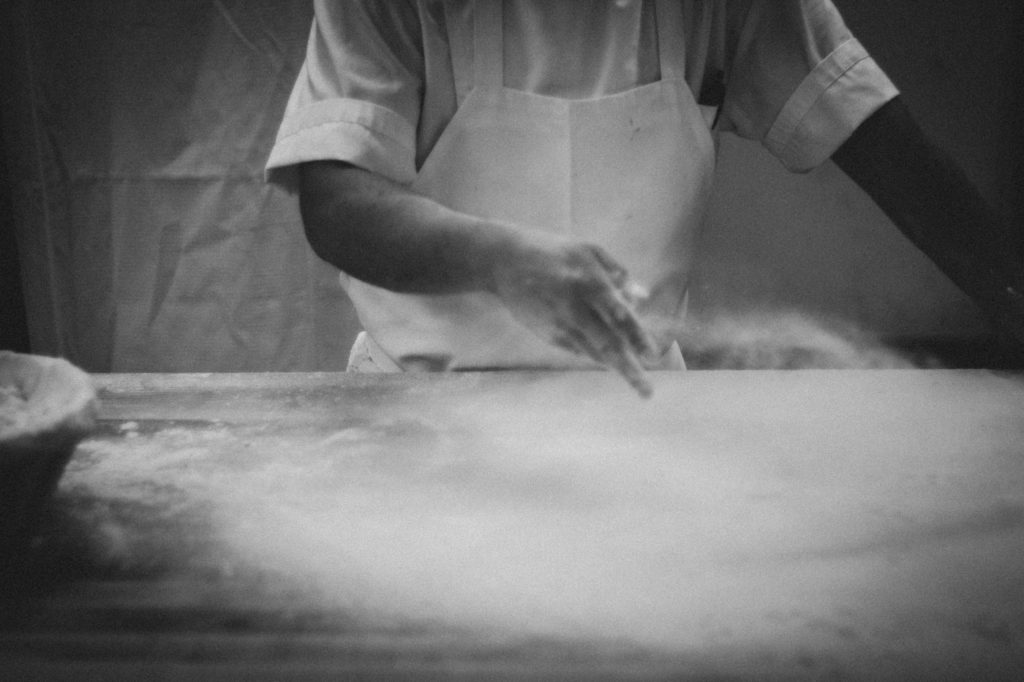
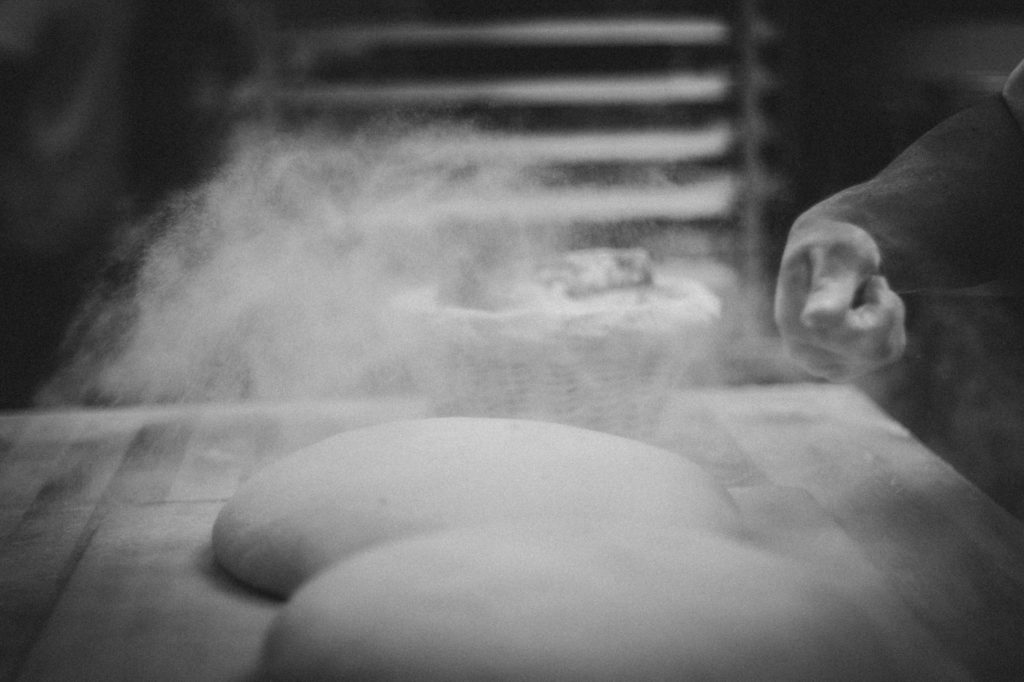
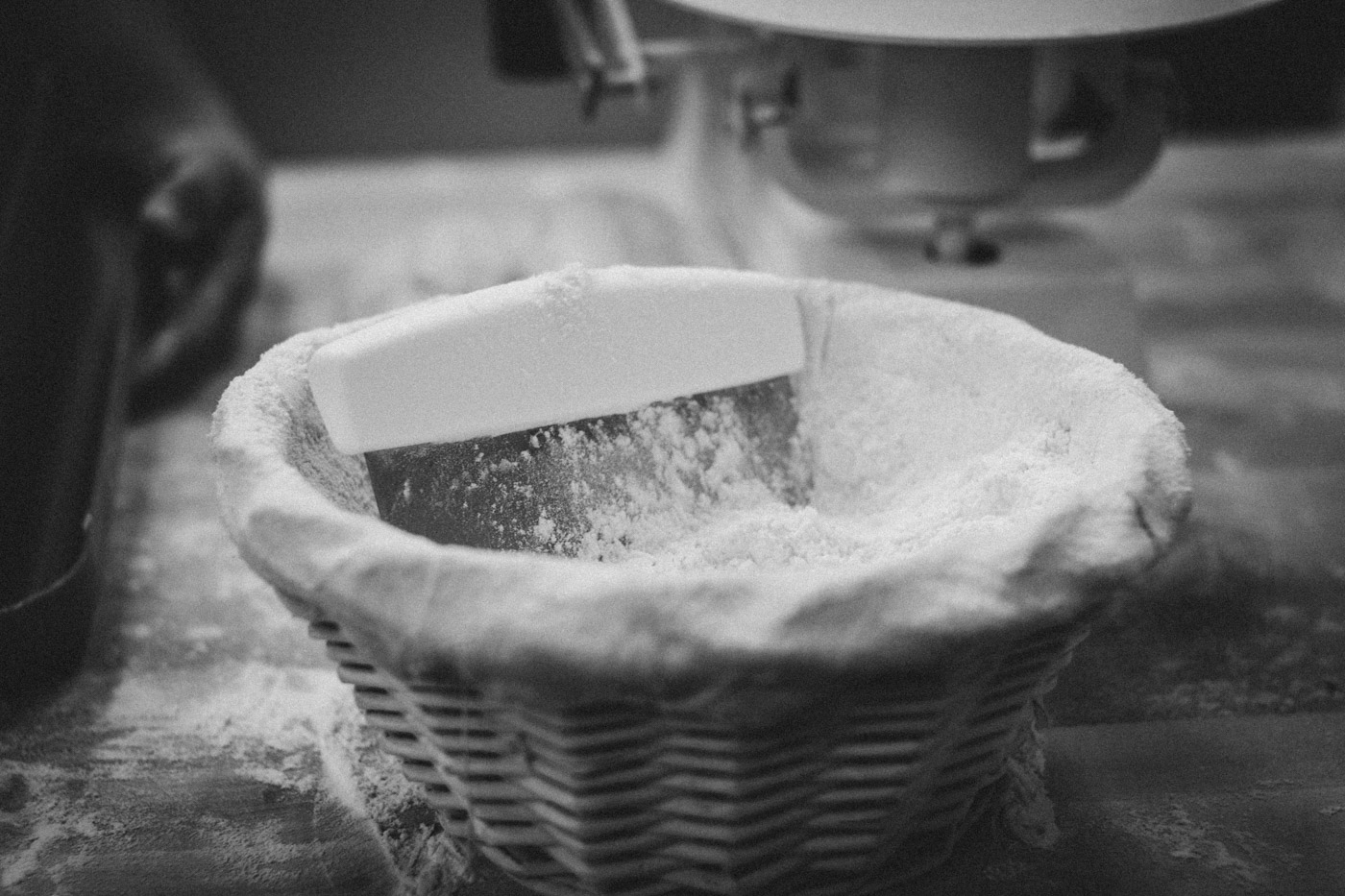
No discussion of regional bread tradition could possibly approach completion without mention of Italy. The Ancient Romans were the first to produce wheat flour, allowing for production of the softer, finer-textured bread we know today. Further, Italy is one of the places where farro (or “spelt” as we know it) has been historically produced, and it is still produced in an area of Tuscany known as Garfagnana. In addition, Italy’s bread and pasta tradition owes a great deal to the cultivation of durum wheat. Golden in texture and extremely high in protein, durum gives traditional fresh pasta its toothsome quality and can lend strength and flavor to hearth breads. Also, the types of wheat grown in Italy are the reason we have the tradition of Pizza Napoletana. Without flours of sufficient elasticity, baking pizza in the fashion of Napoli would be impossible. Other traditional Italian breads include focaccia (pizza’s flatbread forebear), pane siciliano (a semolina bread from Sicily topped with seeds), pane di genzano (a sourdough bread with a Denominazione d’ Origine Protetta––or a protected origin designation), and many other breads, native to their individual towns or regions that are too numerous to mention, let alone catalogue.
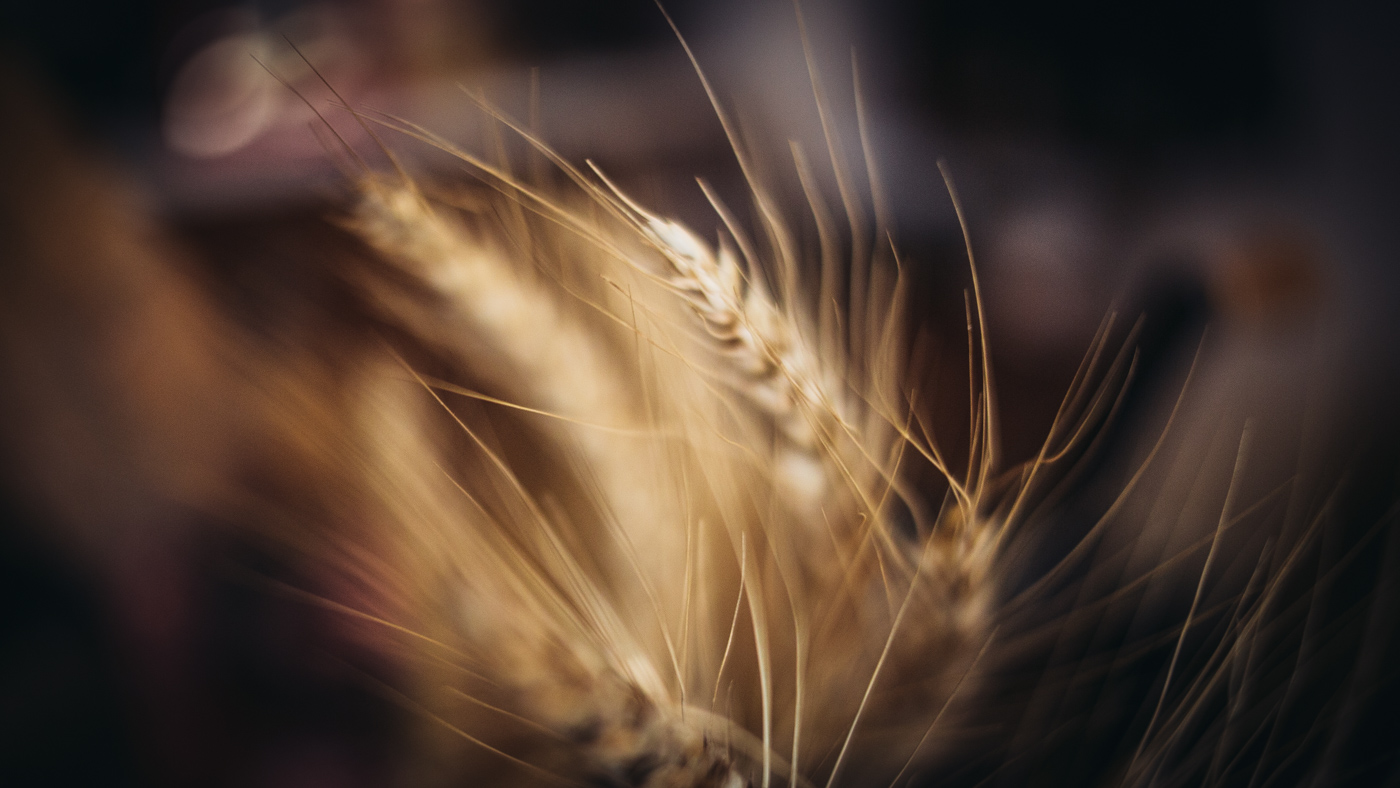
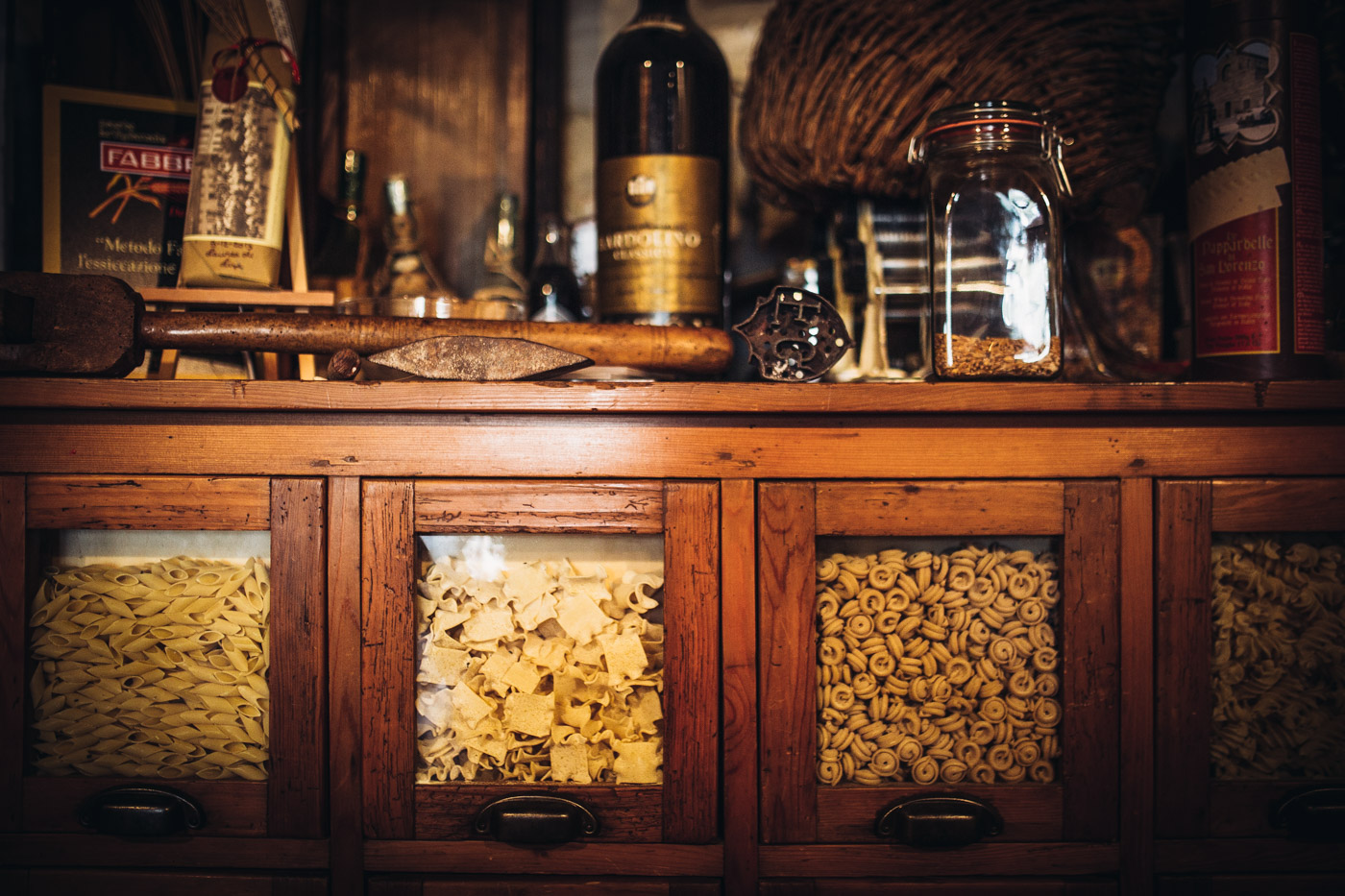
While Europe is at least partially responsible for most of the breads we see in America, there are other countries and regions whose traditional baking practices track their local agriculture in a very similar fashion. For instance, Ethiopia is known for its cultivation of teff. Also called “grains of sand” because of it’s very small size, teff is tolerant of most—if not all—climates and has been cultivated in Ethiopia for thousands of years. In Ethiopia, teff is used to produced a flat, sourdough bread known as injera. Injera is similar to a crepe in appearance and is used as something of an edible plate for any number of different foods.
The corn tortilla takes a very similar place in Mexican and Central American cuisine. The Aztecs and Mayans are credited with the cultivation of corn from wild species and the subsequent invention of the tortilla. Tortillas are an accompaniment, wrapper, plate and nutritious food all in one. Without the corn tortilla, pre-Spanish Mexican civilization may not have existed.
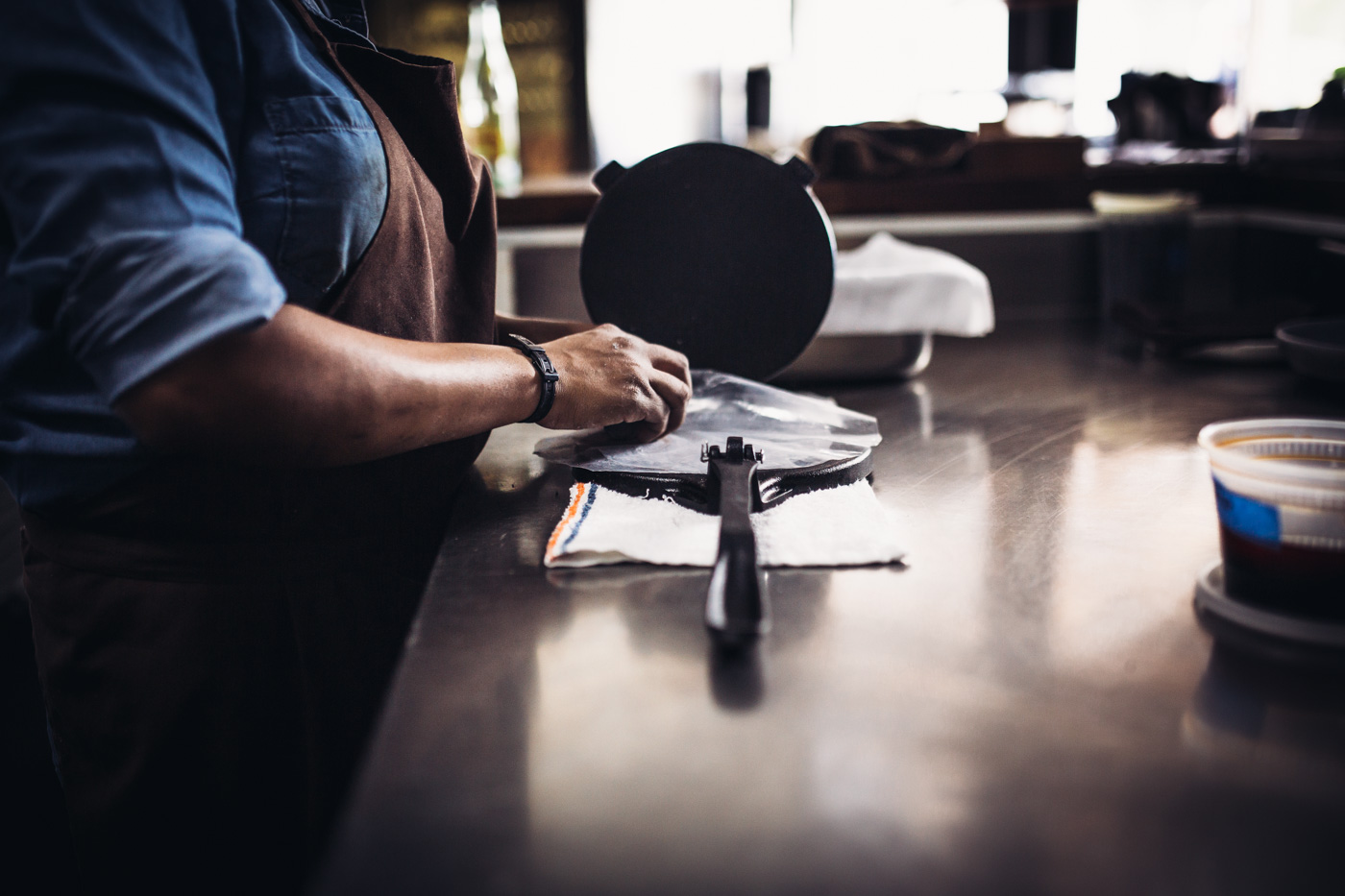
It is no coincidence that the pita serves a similar on the Middle Eastern table. Wheat cultivation, after all, truly began in the areas of the world where pita is prevalent. Pita is produced in much the same fashion as pizza. They are both leavened (either with commercial yeast or sourdough) and baked in very hot ovens. The main difference between the two is that pita is rolled completely flat and baked untopped allowing the dough to fill entirely with steam, producing a balloon-like shape before it is pulled from the oven and allowed to cool. Much like injera and tortillas, pita is as much a wrapper as it is a plate and a utensil. While often stuffed with fillings these days, it is used just as much as a plate or spoon in its area of origin.
While traditional breads are fascinating and enjoyable as expressions of place and history, the modern artisanal baking movement has created demand for more whole grains, more variety in those grains, and more ways in which to access them. Much as farmers have renewed their focus on flavor and terroir in produce and livestock over the past few decades, the same is now happening with wheat and other grains. This focus is finding its expression in a number of ways.
One of those ways is the resurrection and planting of heirloom forms of wheat. Just as with heirloom produce, heirloom wheat is produced from seed that has remained unchanged, save for farmers keeping their best seed on an annual basis. Any discussion of heirloom grain in America has to begin with Glenn Roberts of Anson Mills. For over two decades, Roberts has sought out, planted, grown and preserved a multitude of heirloom and modern grains using traditional farming methods that date back to the nineteenth century. While all that effort is commendable, it is the through line of Roberts’ work that provides the greatest intrigue: flavor. Seed is saved, harvest after harvest, ignoring yield, pest-resistance, and all factors other than flavor. Roberts is looking solely for the purest, most vibrant expression of a grain and its place.
In terms of searching for flavor, Roberts’ West Coast counterpart is The Bread Lab at Washington State University. Not only does the lab breed and plant new and old varieties of wheat, it researches them heavily. The lab analyzes the nutritional makeup of the grain, grinds it whole into flour and tests that flour in a variety of ways to find its best uses. Not only is the lab bringing flavorful grain to the table, it is ensuring that those flavors are able to find full expression in the hands of those working with them.
Thanks to the likes of Roberts, The Bread Lab, and many others, there are now farmers all over the country planting grains for flavor, setting aside the benefits to the soil and other crops in rotation. They are taking heirloom, ancient and modern varieties of wheat and allowing them to express their unique flavors, and the flavor of the ground in which they’re grown.
In California alone, one can find farmers planting such heirloom and ancient varieties as spelt, emmer, einkorn, red fife (a hard red wheat), sonora (a soft white wheat), and abruzzi rye. Modern varieties such as patwin (a hard white wheat), joaquin oro (hard red), and glenn (hard red) are planted up and down the state as well. These farmers are allowing cooks, bakers and customers to experience grain in a way most never have. Even though two farmers may plant the same grain, it will not taste or behave in the same fashion from farm to farm. When grain is identity-preserved and sourced from a single origin, it is as expressive as wine grapes, chocolate or coffee that is treated the same way. When you taste a loaf of one-hundred-percent-whole patwin bread, made of flour exclusively sourced from Fritz Durst’s farm in Capay, California, you are tasting the history of that grain, the ground in which it was grown, the conditions of its growth, and the skill of the farmer.
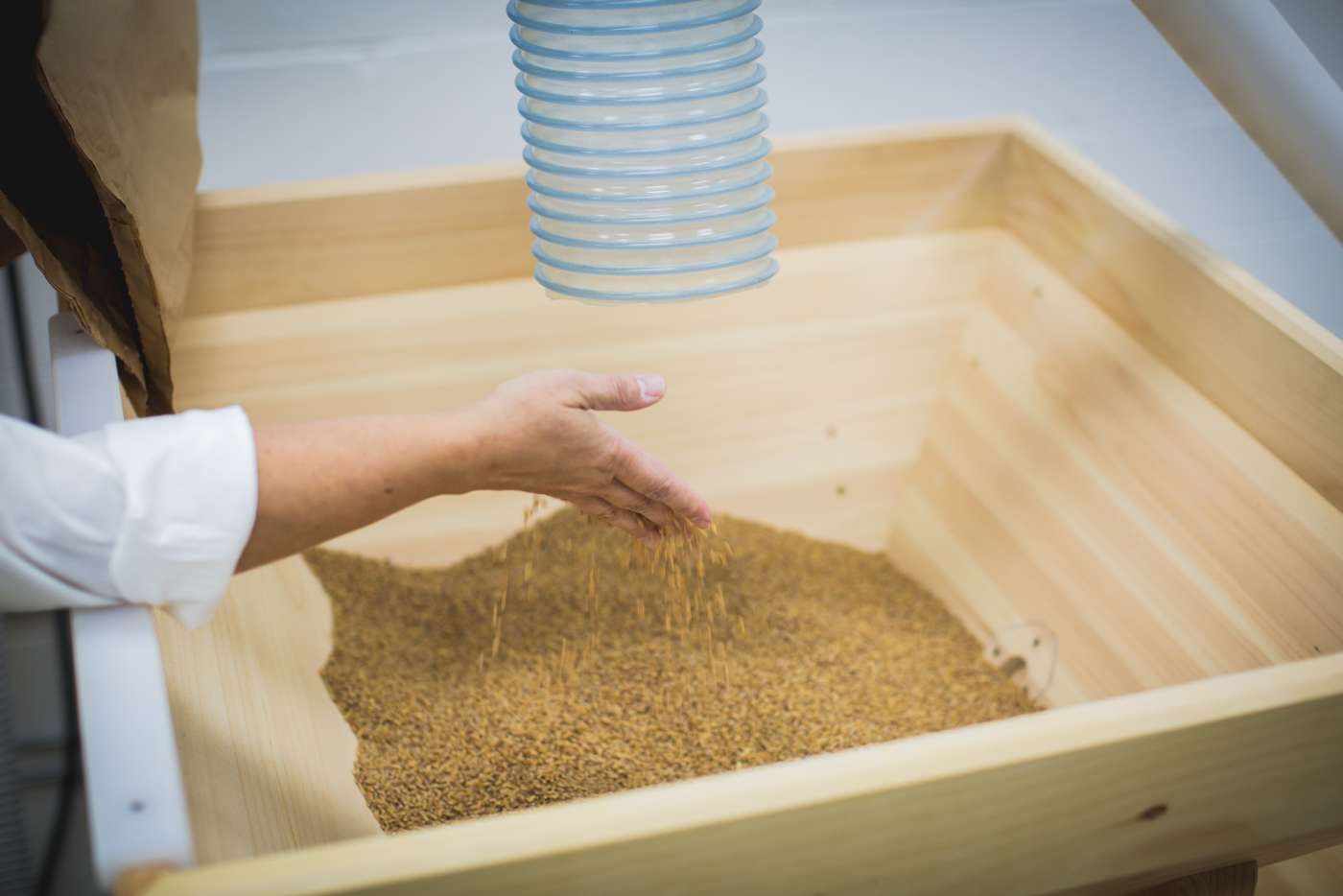

That experience would be impossible without the millers responsible for turning the grains into flour. While there are a number of bakeries who mill their whole grain flour in-house, most rely on mills for their supply. I’m speaking not of the larger millers (Central, King Arthur, etc.) who provide us with the shelf-stable, roller-milled flour we’re used to seeing. They do excellent work, and their product is rightly employed by many an artisan baker. Rather, I speak of the small, local stone miller, using a centuries-old device to grind grain whole, leaving the bran and germ (and thus the flavor) in with the starchy endosperm that comprises white flour. The miller is a vital conduit between farmer and end user. They not only give bakers the raw materials for their craft, but they are also a wealth of information. A good miller can tell her bakers which grains are appropriate for a variety of applications, ensuring that the hard work of the farmer is properly honored. In Los Angeles, we are lucky to have Nan Kohler of Grist & Toll. Arizona is blessed with Hayden Flour Mills. The East has Carolina Ground and Anson Mills. New Orleans is lucky to have Bellegarde. While this list is certainly not exhaustive, it is indicative of the movement in America to honor the expressive flavor and terroir of whole grains by milling them whole, slowly and locally.
There are also those who give wheat its final expression, unlocking its flavor and nutrition potential by turning it into food. There is no better way to give life to terroir than by turning locally grown, whole-milled wheat into naturally leavened bread. The farmer’s work, the miller’s skill, and the baker’s hands combine to give life to grains. You taste the heritage of the grain and the ground from which it came. You taste the care with which it was milled into flour. You taste the microflora native to the baker’s levain. There are few, if any other products in which one can experience place so completely and with such complexity.
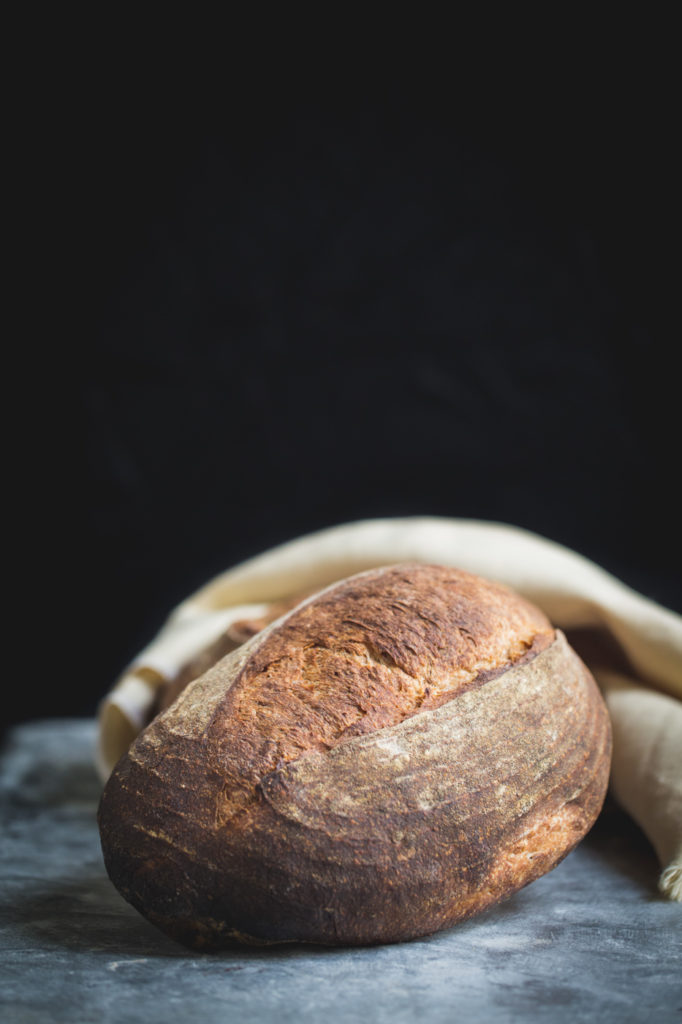
It is the desire to create this experience that continues to drive the artisanal baking movement in America and around the world. Farmers everywhere are planting heirloom and modern varieties of wheat, hoping to find grains that work well in their geographic locations. Millers and bakers are eager to work with these grains to create more flavorful, nutritious product. Lastly, customers are becoming more and more interested in those same nutrition and flavor benefits. This movement not only makes for more delicious bread, but for better soil, better produce, and a better world. Eat whole, eat local, and ensure the sustenance of ancient tradition, for the sake of our modern world.





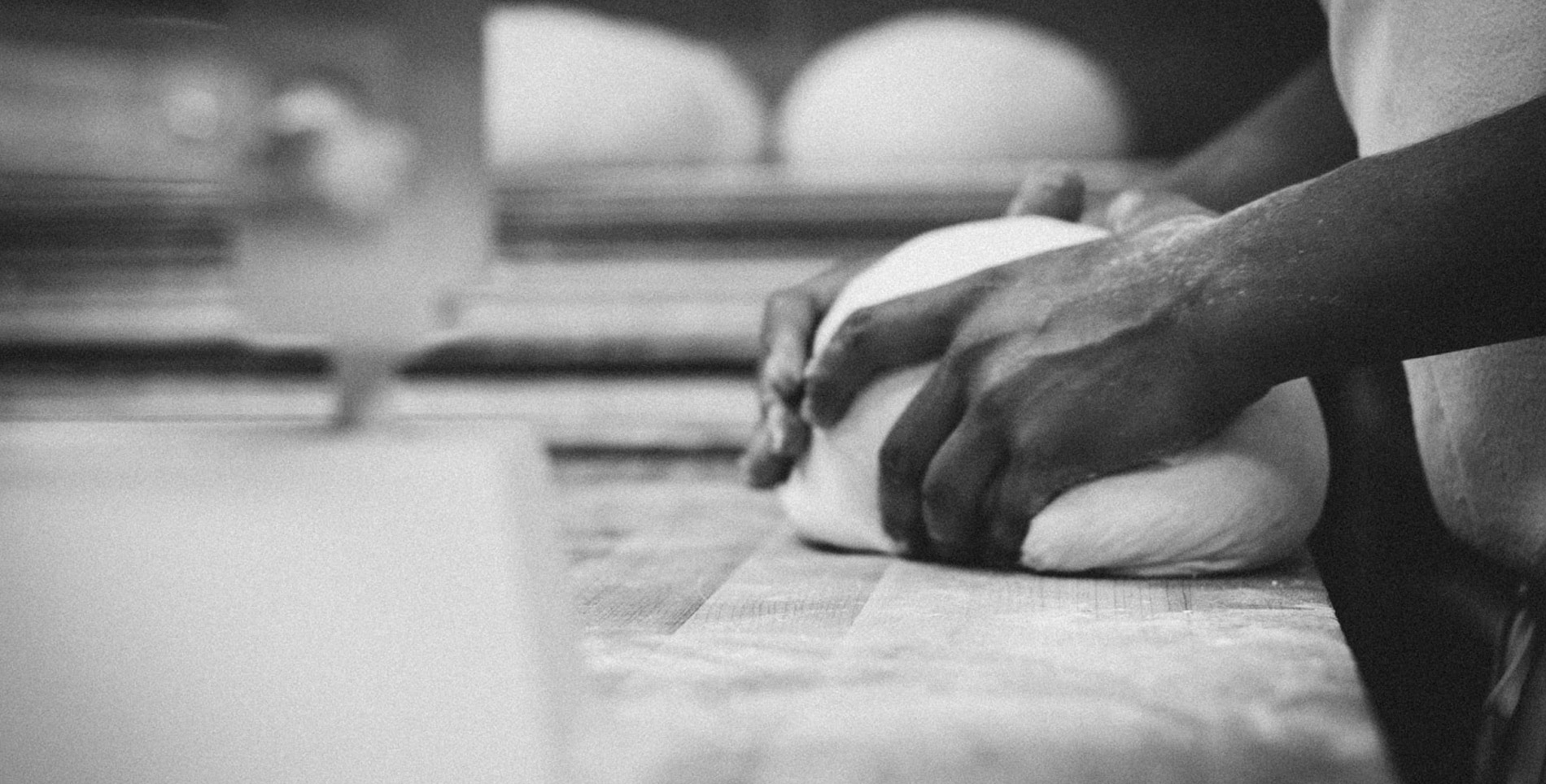

Our comments section is for members only.
Join today to gain exclusive access.